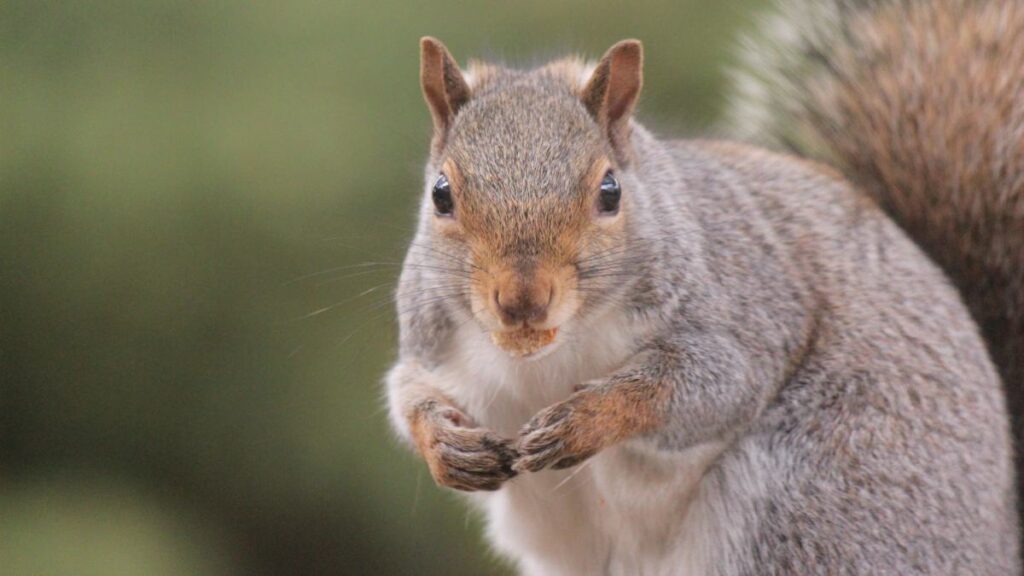Understanding rodent behavior is essential for effective pest management and prevention. In this article, we delve into the intriguing world of rodents, examining their social behavior, feeding patterns, shelter and nesting habits, territoriality, nocturnal activity, gnawing tendencies, fear and avoidance behavior, and problem-solving skills. By gaining insights into their behavior, we can develop strategies to deter infestations and create harmonious coexistence.

Social Behavior:
Rodents, such as rats and mice, exhibit complex social dynamics. They form social groups with hierarchical structures, where dominant individuals establish their authority. Communication plays a vital role, with rodents employing a combination of vocalizations, body language, and chemical signals to convey messages. Nesting and reproduction patterns also contribute to their social behavior.
Feeding Behavior:
Rodents have diverse dietary preferences and adaptations. From seed- and grain-loving species to those that consume insects or even carrion, their feeding habits vary. Rodents employ different foraging strategies, such as systematic searching or opportunistic feeding. Some species exhibit food hoarding behavior, storing food for future use.
Shelter and Nesting Behavior:
Rodents are resourceful in finding shelter and creating nests. They construct nests using available materials and seek secluded locations to rear their young. Different species show preferences for specific nesting sites, including burrows, tree cavities, or hidden crevices within buildings. Maintaining and protecting their nests is crucial for their survival.
Exploratory and Territorial Behavior:
Rodents have a natural inclination for exploration, allowing them to expand their range and exploit new resources. They mark their territories using scent glands and urine, signaling ownership and warning off potential intruders. Territorial disputes may arise among individuals, leading to aggressive behaviors.
Nocturnal Behavior:
Many rodents are primarily nocturnal, exhibiting heightened activity during the night. This adaptation helps them avoid predators and reduces competition with diurnal species. They possess specialized sensory mechanisms and adaptations for navigating and foraging in low-light conditions.
Gnawing Behavior:
Rodents have continuously growing incisors, necessitating regular gnawing to prevent overgrowth. Gnawing serves multiple purposes, including maintaining dental health, accessing food sources, and creating entry points into buildings. However, their gnawing behavior can lead to property damage and pose safety hazards.
Fear and Avoidance Behavior:
Rodents possess a strong instinct for self-preservation. They are cautious and avoid open spaces or areas with perceived threats. Their acute senses enable them to detect potential dangers, including predators or unfamiliar objects. Such fear and avoidance behaviors impact trapping and control methods.
Problem-Solving Behavior:
Rodents are intelligent creatures capable of learning from experience and adapting to new situations. They display problem-solving skills, finding innovative ways to access food or overcome obstacles. Their ability to remember locations of food sources or detect traps presents challenges for effective control.
Reproductive Behavior:
Rodents are known for their rapid reproductive capabilities. Females can produce multiple litters in a year, contributing to population growth. Understanding their reproductive behavior and breeding cycles is crucial for population control and prevention strategies.
What is special about rodents
Rodents are a fascinating group of animals with several unique characteristics that set them apart from other mammals. Here are some of the special features and traits that make rodents remarkable:
- Dental Adaptations: Rodents have specialized incisors that continuously grow throughout their lives. This adaptation allows them to gnaw on various materials, such as nuts, seeds, and wood, and helps maintain their teeth at a manageable length.
- Reproductive Prowess: Rodents are known for their high reproductive rates. They have short gestation periods and can produce large litters. This reproductive strategy contributes to their ability to colonize diverse habitats quickly.
- Versatile Diets: Rodents exhibit a remarkable range of dietary preferences. They are herbivores, omnivores, or even carnivores, depending on the species. This versatility enables them to thrive in various environments and utilize available food sources.
- Adaptability: Rodents are highly adaptable creatures. They can inhabit a wide range of ecosystems, from forests and grasslands to urban areas. Their ability to adjust to different environmental conditions contributes to their success as a group.
- Problem-Solving Skills: Many rodents display impressive problem-solving abilities. They can navigate complex mazes, find alternative routes to food sources, and even learn from their previous experiences. This cognitive flexibility allows them to survive and thrive in challenging environments.
- Social Structures: Some rodent species, such as rats and certain types of squirrels, exhibit complex social structures. They form social groups, establish hierarchies, and engage in cooperative behaviors such as grooming and communal care of young.
- Ecological Importance: Rodents play crucial roles in ecosystems. They act as seed dispersers, aiding in plant propagation. Additionally, they serve as prey for predators, helping to maintain predator-prey dynamics.
- Economic Impact: While rodents can cause problems when they invade human dwellings or damage crops, they also have positive economic impacts. Certain rodents, such as guinea pigs and hamsters, are popular as pets, contributing to the pet industry.
- Cultural Significance: Rodents have cultural significance in many societies. They appear in folklore, literature, and art, representing various qualities such as cunning, resilience, or playfulness.
In summary, rodents possess several special attributes that make them unique and adaptable creatures. Their dental adaptations, reproductive prowess, versatile diets, adaptability, problem-solving skills, social structures, ecological importance, economic impact, and cultural significance contribute to their fascinating nature and their success as a diverse group of mammals.
Conclusion
Rodents exhibit fascinating and complex behaviors that allow them to survive and thrive in diverse environments. By delving into their social dynamics, feeding habits, nesting behavior, territoriality, nocturnal activity, gnawing tendencies, fear and avoidance behavior, and problem-solving skills, we can develop holistic approaches to rodent control. Integrating this knowledge with effective prevention measures can help maintain balance and minimize conflicts between humans and rodents, promoting coexistence while protecting our homes and environments.
